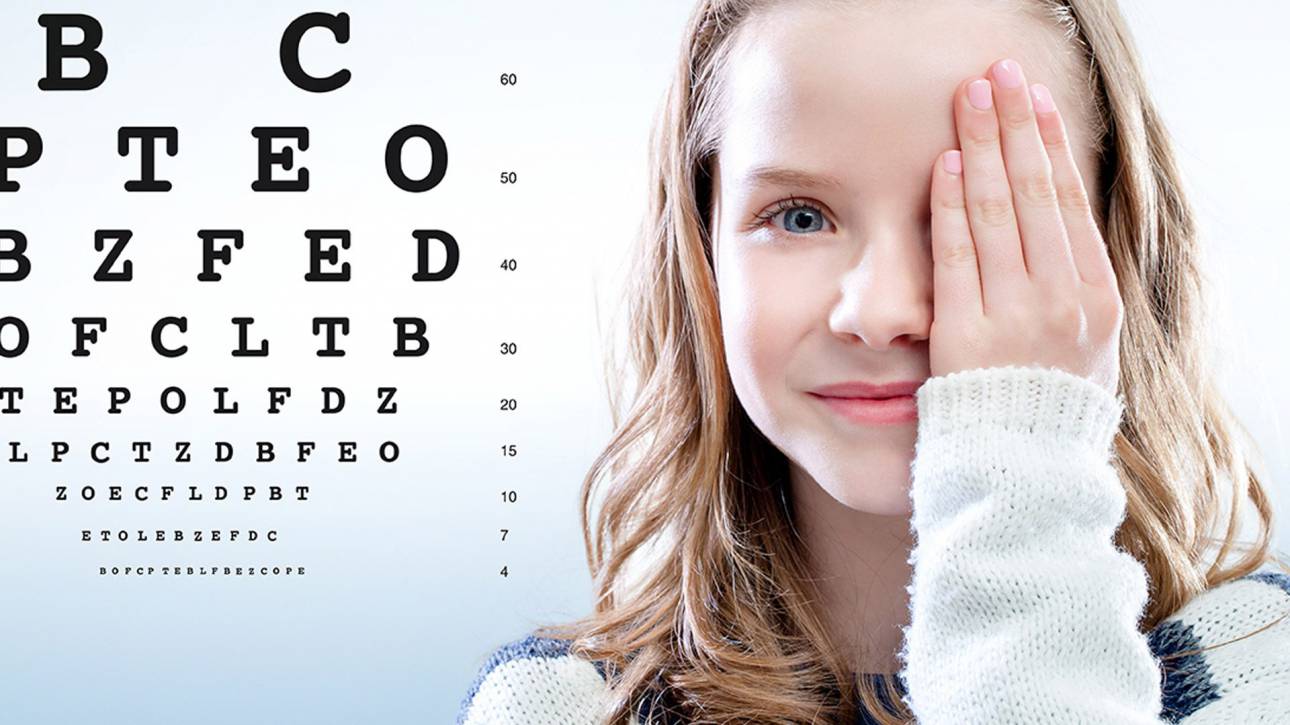Index
Leber's Amaurosis congenita is the name given to a group of hereditary retinal dystrophies that represent the most common genetic cause of visual impairment in childhood and pediatrics. Leber's congenital amaurosis (ACL) is a form of retinopathy that leads to severe low vision and blindness at birth or in the first months of life.
ACL accounts for 10-18% of congenital blindness cases in children. It was first described in 1869 by Theodor von Leber, a German ophthalmologist who described a normal fundus appearance in the early stages of the disease and a progressive appearance of pigmentary changes. Leber's congenital amaurosis is a very rare hereditary genetic disease with a prevalence of about 3 cases in 100.000 births. To date, 18 genetic variants that determine the disease have been described; genetic transmissibility is of the autosomal recessive type, but becomes dominant only in the case of mutations in the CRX or IMPDH1 genes.
Leber's congenital amaurosis can result from mutations in genes that play a variety of roles in the development and function of the retina. Some of the genes associated with this disorder are necessary for the normal development of photoreceptors, others are involved in phototransduction, and still others play a role in the function of cellular "cilia". Mutations in any of the genes associated with Leber's congenital amaurosis inhibit the development and function of the retina, resulting in premature vision loss. Mutations in the CEP290, CRB1, GUCY2D and RPE65 genes are the most common causes of the disease, while mutations in the other genes generally represent a smaller percentage of cases.
The typical signs of this pathology are the absence of pupillary reflexes in light, the fundus may appear normal at first, despite a significantly impaired vision. Its appearance is extremely variable, the most frequent is characterized by alterations of the retinal pigmentation similar to those observed in cases of retinitis pigmentosa with a “salt and pepper” appearance and peripheral areas of chorioretinal atrophy are frequent.
Diagnosis
The most common symptoms that patients suffering from this pathology report are photophobia and often the presence of nystagmus (ie disordered and uncontrolled movements of the eyes). The fundamental diagnostic tests for accurate monitoring are the electroretinogram (ERG) which is generally extinct or reduced both in the photopic and scotopic component, the visual evoked potentials (VEP) usually not recordable or very compromised and finally the retinography, to highlight the alterations retinal lesions described above and their evolution over time.
Treatment
A new drug has recently been marketed, LUXTURNA (voretigene neparvovec-rzyl), as an innovative gene therapy for the treatment of patients with Leber Congenital Amaurosis determined solely by a genetic mutation that must be present in both copies of the RPE65 gene. . With this treatment available since December 2018, it is now possible for the first time, especially if used in very young patients, to reduce the progression of the disease, maintaining residual vision over time.
Do you need more information?
Do not hesitate to contact me for any doubt or clarification. I will evaluate your problem and it will be my concern and that of my staff to answer you as quickly as possible.




